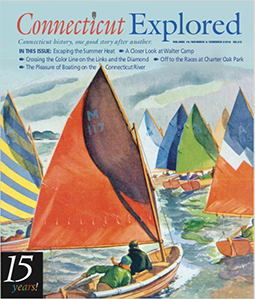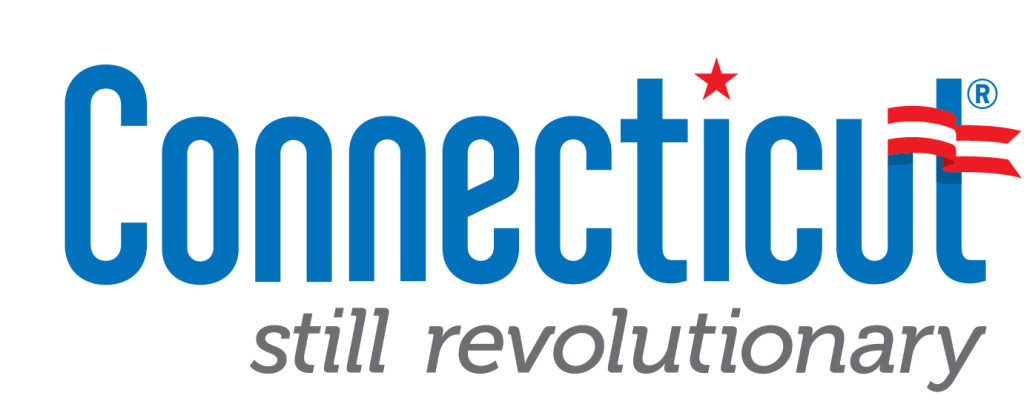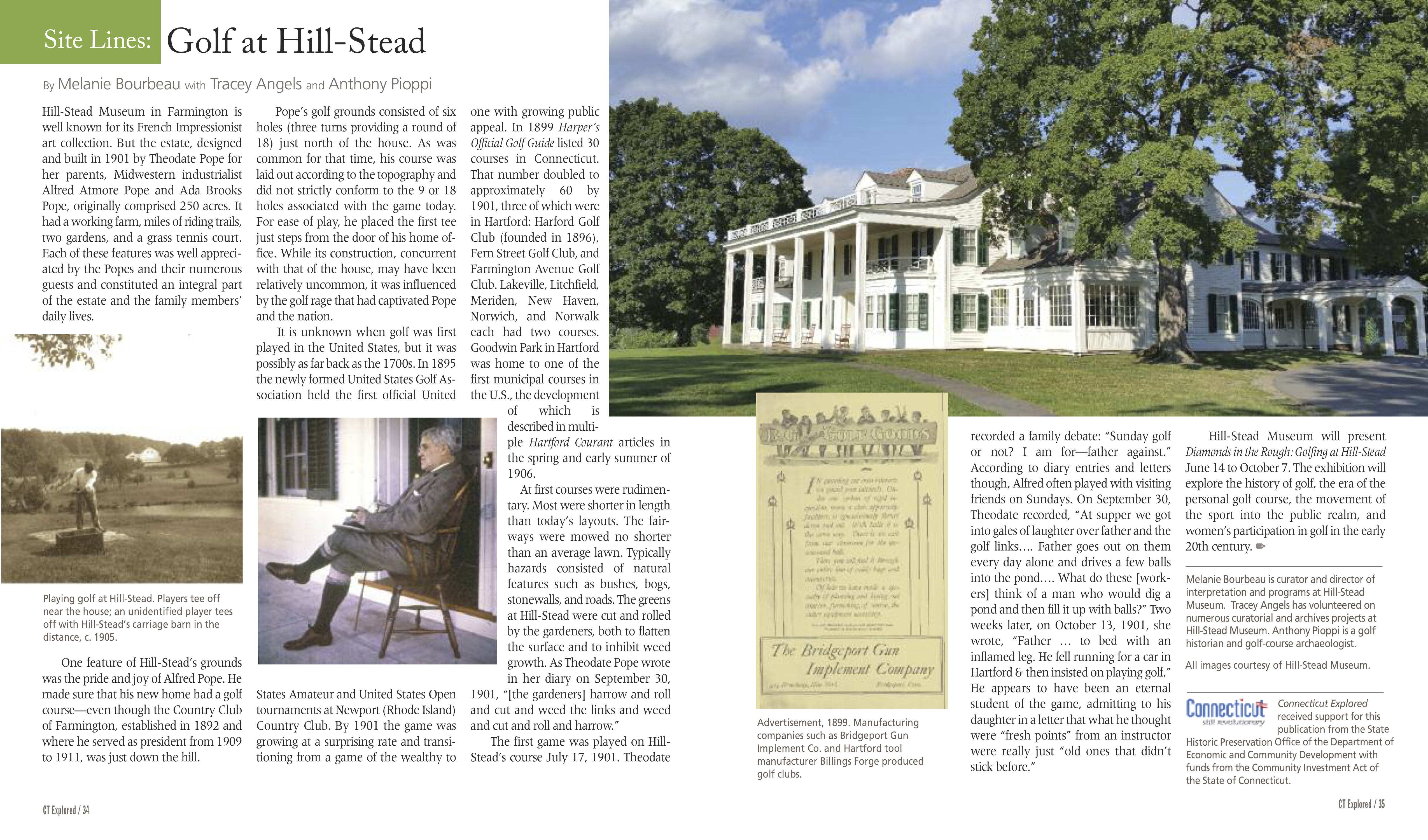By Melanie Bourbeau with Tracey Angels and Anthony Pioppi
(c) Connecticut Explored inc. Summer 2018
Hill-Stead Museum in Farmington is wellknown for its French Impressionist art collection. But the estate, designed and built in 1901 by Theodate Pope for her parents, Midwestern industrialist Alfred Atmore Pope and Ada Brooks Pope, originally comprised 250 acres. It had a working farm, miles of riding trails, two gardens, and a grass tennis court. Each of these features was well appreciated by the Popes and their numerous guests and constituted an integral part of the estate and the family members’ daily lives.
One feature of Hill-Stead’s grounds was the pride and joy of Alfred Pope. He made sure that his new home had a golf course—even though the Country Club of Farmington, established in 1892 and where he served as president from 1909 to 1911, was just down the hill.
Pope’s golf grounds consisted of six holes (three turns providing a round of 18) just north of the house. As was common for that time, his course was laid out according to the topography and did not strictly conform to the 9 or 18 holes associated with the game today. For ease of play, he placed the first tee just steps from the door of his home office. While its construction, concurrent with that of the house, may have been relatively uncommon, it was influenced by the golf rage that had captivated Pope and the nation.
 It is unknown when golf was first played in the United States, but it was possibly as far back as the 1700s. In 1895 the newly formed United States Golf Association held the first official United States Amateur and United States Open tournaments at Newport (Rhode Island) Country Club. By 1901 the game was growing at a surprising rate and transitioning from a game of the wealthy to one with growing public appeal. In 1899 Harper’s Official Golf Guide listed 30 courses in Connecticut. That number doubled to approximately 60 by 1901, three of which were in Hartford: Harford Golf Club (founded in 1896), Fern Street Golf Club, and Farmington Avenue Golf Club. Lakeville, Litchfield, Meriden, New Haven, Norwich, and Norwalk each had two courses. Goodwin Park in Hartford was home to one of the first municipal coursesin the U.S., the development of which is described in multiple Hartford Courantarticles in the spring and early summer of 1906.
It is unknown when golf was first played in the United States, but it was possibly as far back as the 1700s. In 1895 the newly formed United States Golf Association held the first official United States Amateur and United States Open tournaments at Newport (Rhode Island) Country Club. By 1901 the game was growing at a surprising rate and transitioning from a game of the wealthy to one with growing public appeal. In 1899 Harper’s Official Golf Guide listed 30 courses in Connecticut. That number doubled to approximately 60 by 1901, three of which were in Hartford: Harford Golf Club (founded in 1896), Fern Street Golf Club, and Farmington Avenue Golf Club. Lakeville, Litchfield, Meriden, New Haven, Norwich, and Norwalk each had two courses. Goodwin Park in Hartford was home to one of the first municipal coursesin the U.S., the development of which is described in multiple Hartford Courantarticles in the spring and early summer of 1906.
At first courses were rudimentary. Most were shorter in length than today’s layouts. The fairways were mowed no shorter than an average lawn. Typically hazards consisted of natural features such as bushes, bogs, stonewalls, and roads. The greens at Hill-Stead were cut and rolled by the gardeners, both to flatten the surface and to inhibit weed growth. As Theodate Pope wrote in her diary on September 30, 1901, “[the gardeners]harrow and roll and cut and weed the links and weed and cut and roll and harrow.”
The first game was played on Hill-Stead’s course July 17, 1901. Theodate recorded a family debate: “Sunday golf or not? I am for—father against.” According to diary entries and letters though, Alfred often played with visiting friends on Sundays. On September 30, Theodate recorded, “At supper we got into gales of laughter over father and the golf links…. Father goes out on them every day alone and drives a few balls into the pond…. What do these [workers]think of a man who would dig a pond and then fill it up with balls?” Two weeks later, on October 13, 1901, she wrote, “Father … to bed with an inflamed leg. He fell running for a car in Hartford & then insisted on playing golf.” He appears to have been an eternal student of the game, admitting to his daughter in a letter that what he thought were “fresh points” from an instructor were really just “old ones that didn’t stick before.”
Hill-Stead Museum will present Diamonds in the Rough: Golfing at Hill-Stead June 14 to October 7. The exhibition will explore the history of golf, the era of the personal golf course, the movement of the sport into the public realm, and women’s participation in golf in the early 20th century.
Melanie Bourbeau is curator and director of interpretation and programs at Hill-Stead Museum. Tracey Angels has volunteered on numerous curatorial and archives projects at Hill-Stead Museum. Anthony Pioppi is a golf historian and golf-course archaeologist.
 Connecticut Explored received support for this publication from the State Historic Preservation Office of the Department of Economic and Community Development with funds from the Community Investment Act of the State of Connecticut.
Connecticut Explored received support for this publication from the State Historic Preservation Office of the Department of Economic and Community Development with funds from the Community Investment Act of the State of Connecticut.
Read More!
“Alfred Atmore Pope’s Art Collection at Hill-Stead Museum,” Summer 2009

